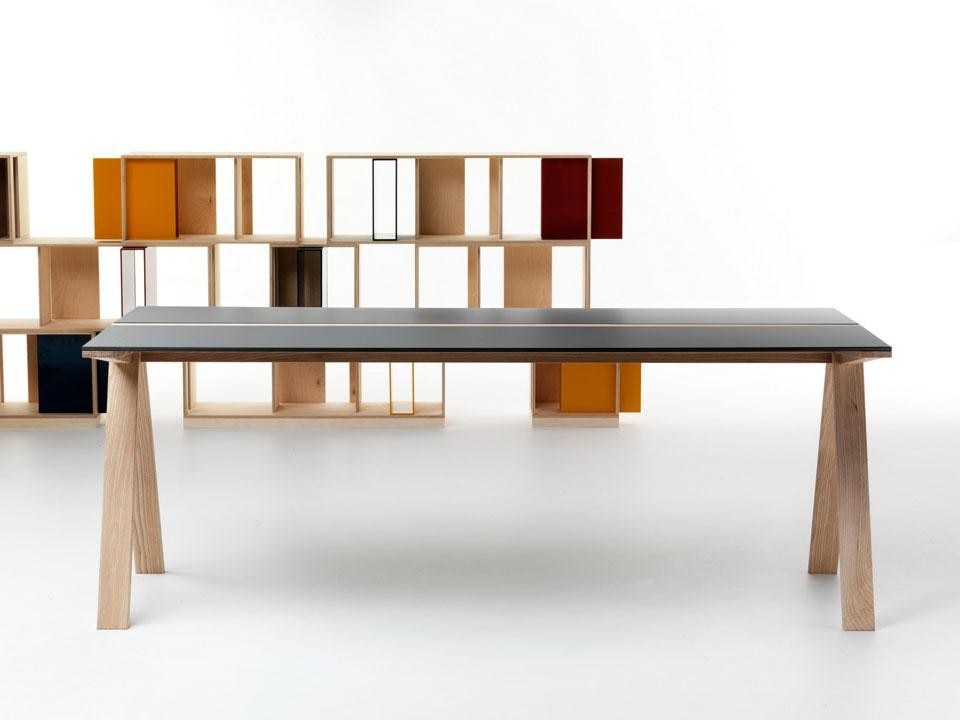Traverso is another step in the designer's research. It is also an encounter with the mechanisms of large-scale production, as he tells us.
Loredana Mascheroni: What were the premises for beginning your collaboration with Valsecchi1918?
Francesco Faccin: Nicola De Ponti, who was interested in my research on carpentry joints, called me. I wasn't familiar with Valsecchi's history and I didn't know that their production was a complete supply chain in which all the woodworking phases are controlled internally, from the cultivation of trees in a Romanian forest to the lacquer. I was very impressed by the approach that the Valsecchi family takes and their ability to see the product within the entire production process. As a commercial choice, they work on large-scale production of simple but carefully-crafted objects.
They were impressed by my work in joinery both in tables that can be dismantled, and in the chair produced by Danese last year. They asked me to think of an object that would be consistent with their research for the Valsecchi1918 line. I had just finished working on the project for a table with those characteristics; it was a commission for another Italian company that didn't lead to anything, but they liked it immediately.
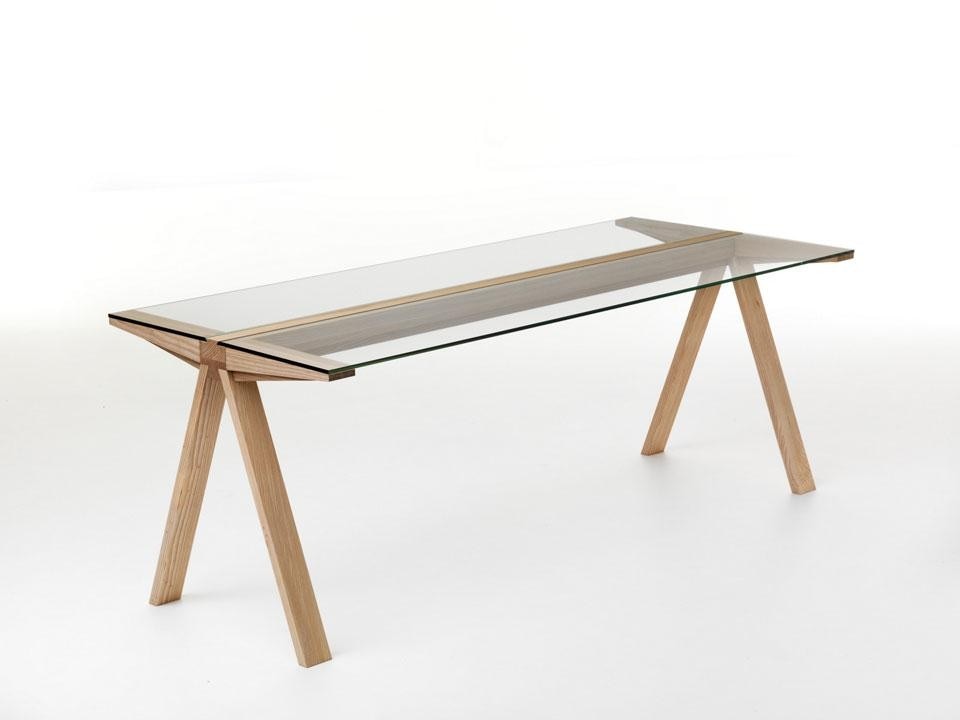
The roots of this table can be found in the Frate table by Enzo Mari for Driade which was a commercial success for thirty years. The most interesting element of this project is the central beam. I took this concept a bit to the extreme by interpreting it through my way of making interlocking objects, making it the project's cornerstone. It is an element whose meaning can already be understood looking at the section; it is designed so that all elements — equal to one another — are complementary. With this structure it's possible to produce a table that can be as long as you want it — infinite — by just adding the legs where needed.
The prototypes were made available at a speed that I have never seen before — the day after I gave them a simple working sketch. The company works with craftsmen and machines and everyone is passionate about what they do. The table was produced exactly as I designed it, with small structural changes that grew out of our collaboration. Their production experience was very important to the process.
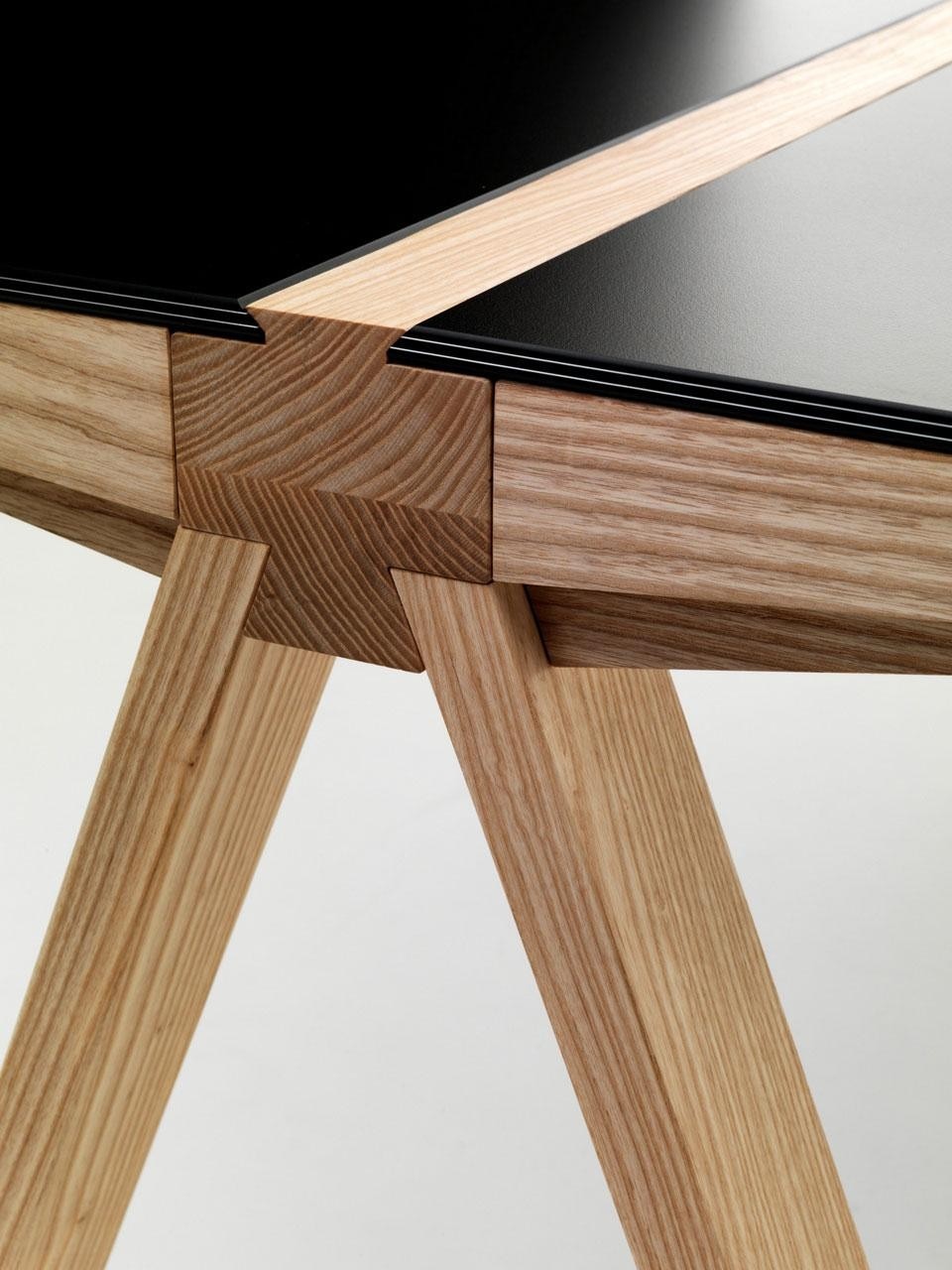
The table can be completely disassembled. The fact that the top is divided into two halves (maximum 40 cm wide), allows it to be stored and then shipped, with an economy of space that is functional to the philosophy of a company that produces in large numbers. Assembly is simple and there are no visible connectors (only two screws are used to attach the legs below the table). Unfortunately it wasn't possible to use only joinery to assemble the different parts of the table; its dimensions didn't allow this. We would have had to increase the section of the beam.
We should focus a bit more on the large scale but with quality products, even if we often think that these two concepts must necessarily travel on separate tracks
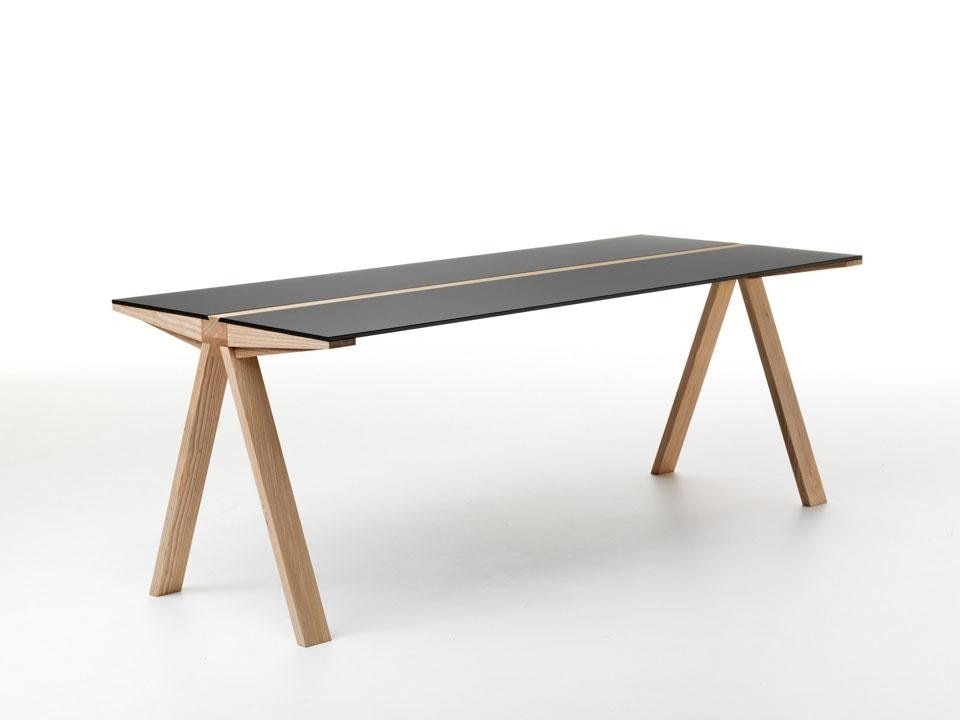
The great variation of finishes and materials available for Traverso. The idea was to provide a wide range of finishes for the table top with a version in solid wood, glass, aluminum... Even formally there are two versions, depending on the position of the legs which can be set back to allow a place setting at the head of the table. It's like two different tables with the same structural elements, seeking aesthetic consistency between one version and the other.
The price should be affordable which is something I consider important. We tried to do everything possible to reduce production costs, which is possible with Valsecchi, where almost everything is produced with numerical control machines. There are very few manual steps in producing Traverso. It is a true industrial object.
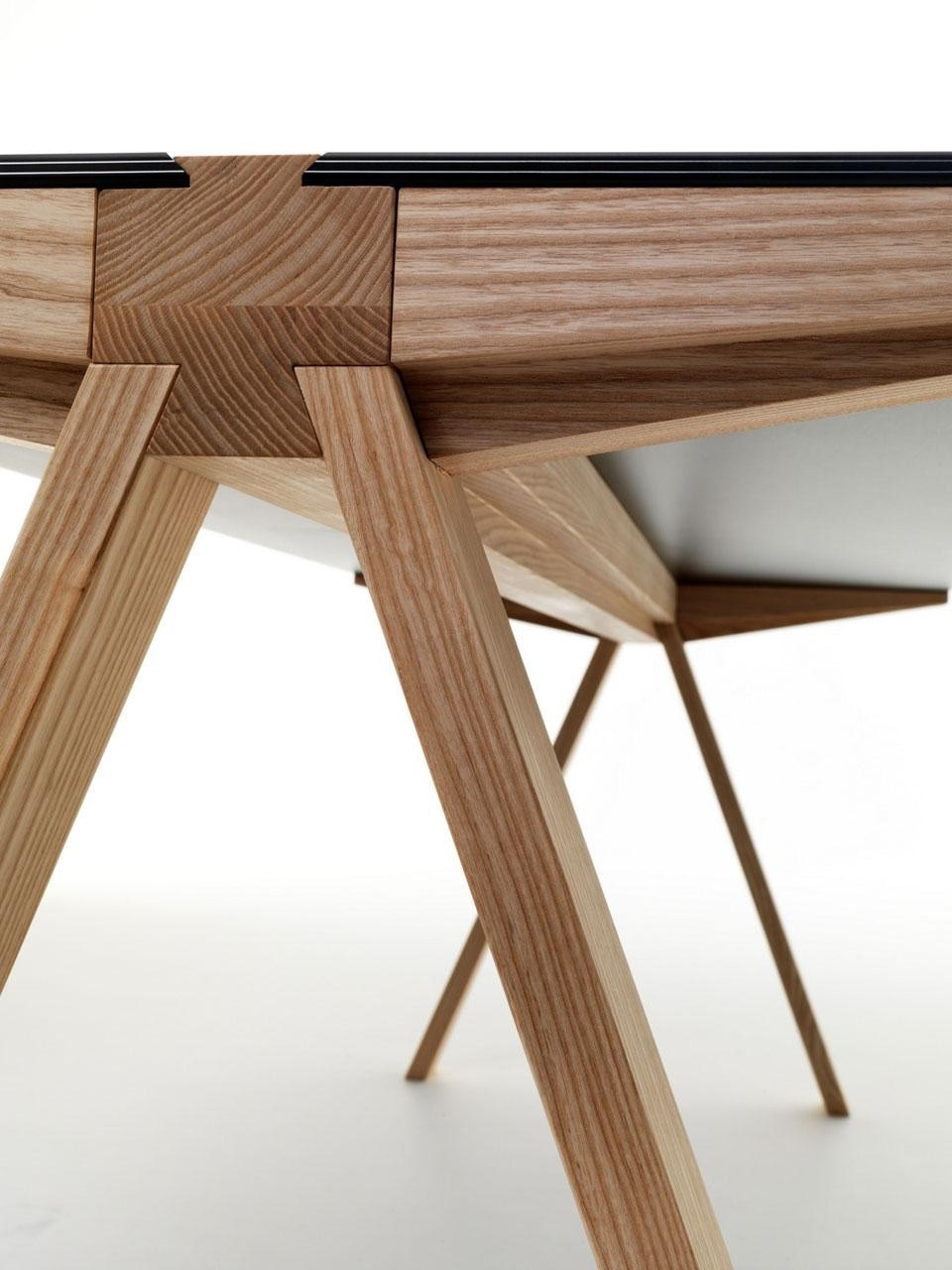
There is the idea of producing the Binary table, but in a slightly larger bar version — 70 x 70 cm. We are already thinking of a line of objects for the Valsecchi mass production line. I think that work on details can take this kind of object from the Castorama-type circuit to design stores. Maybe the price will go up a bit from 19 to 25 euros, but I think it will be worth it. I am thinking of a folding wooden chair with visible joints, or characterized by the great care in how it was assembled... I see it as a step towards the true spirit of democratic industrial design, a step that could sell 500,000 pieces a year, not ten or a thousand like many of the leading design firms that are so glorified by the newspapers.
We should focus a bit more on the large scale but with quality products, even if we often think that these two concepts must necessarily travel on separate tracks. I prefer to work with passionate people who embark on new projects rather than with those who remain anchored to an old way of designing.


